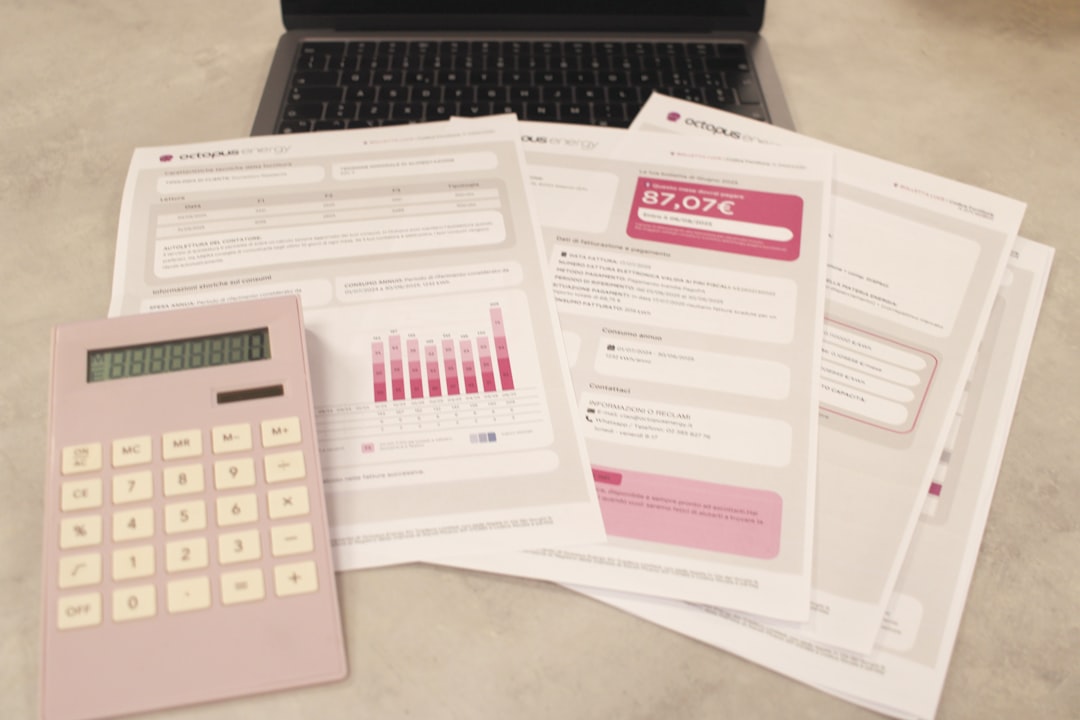As businesses continue to lean heavily on data-driven decision-making, the demand for smart, real-time insights has grown exponentially. Artificial Intelligence has made reporting and analytics more intuitive, adaptive, and efficient than ever before. In 2025, AI-powered reporting tools are not just enhancing productivity but are also helping companies uncover hidden trends, predict outcomes, and present data in a meaningful way.
Here, we explore the top 5 AI reporting tools of 2025 that are revolutionizing how organizations generate, visualize, and act upon analytics. These platforms stand out for their innovation, reliability, and integration of advanced AI capabilities.
1. Tableau GPT
Tableau GPT successfully merges the leading visualization capabilities of Tableau with the smart insights generated by generative AI. With natural language query functionality, users can now type questions like “Show me sales trends for Q1” and receive instant visual responses.
- AI Functionality: Generative language models, predictive modeling, auto-insight generation
- Best for: Enterprises seeking powerful visualizations and real-time decision support
- Integration: Smooth compatibility with Salesforce and other CRMs

What makes Tableau GPT a market leader is its ability to convert complex datasets into digestible formats with minimal user input. Whether you’re an analyst or a business executive, Tableau GPT makes data accessible and actionable.
2. Microsoft Fabric Copilot
Microsoft Fabric Copilot is a comprehensive AI-driven analytics suite that has transformed data processing inside the Microsoft ecosystem. Integrated with Power BI, Excel, and Azure Data Services, Copilot brings conversation-style summarization and automation to everyday analytics tasks.
- AI Functionality: Natural language querying, adaptive task learning, smart forecasting
- Best for: Organizations already within the Microsoft environment
- Advantage: Unified workspace across data engineering, science, and reporting
By allowing users to auto-build dashboards and generate comprehensive reports just with prompts, Fabric Copilot is accelerating turnaround times for data projects significantly.
3. Qlik AutoML
Qlik AutoML introduces robust machine learning to analytics teams without requiring deep programming knowledge. This tool uses AI to surface the most impactful variables in your dataset, drive predictive insights, and present them in an intuitive manner.
- AI Functionality: Predictive modeling, pattern recognition, what-if simulations
- Best for: Mid-sized businesses looking for predictive guidance
- Key Feature: Embedded models directly into dashboards

Qlik takes pride in its explainable AI interface, helping decision-makers understand why certain trends are predicted—an essential feature for stakeholder confidence and accountability.
4. ThoughtSpot Sage
ThoughtSpot Sage is carving its path as one of the fastest-growing player-focused analytics solutions. With generative AI capabilities, it enables direct questions in natural language and responds with real-time insights, accompanied by self-adjusting graphs and contextual commentary.
- AI Functionality: Custom AI agents, an intelligent AI Assistant, question-to-dashboards, and real-time narrative generation.
- Best for: Fast-scaling startups and agile product teams
- Special Feature: Integration with cloud data warehouses like Snowflake and BigQuery
With a strong emphasis on instant usability, ThoughtSpot Sage has eliminated the need for extensive dashboard preparation, giving teams speed and agility in analytical decision-making.
5. Narrato AI Reports
Narrato AI Reports offers a different flavor of automation with a focus on narrative-driven reports. Rather than just showcasing data visualizations, it composes well-written, analytical summaries based on your data files. Ideal for content-centric teams, it turns data into readable, insightful documents.
- AI Functionality: Language generation, summary drafting, actionable recommendation generation
- Best for: Marketing, editorial, and stakeholder presentations
- Unique Advantage: Plugs directly into CMS platforms and project management tools
Narrato is particularly strong in crafting weekly and monthly performance reviews, KPI tracking documents, and project-status reports—all structured in human-readable language and ready for C-level consumption.
Final Thoughts
The evolution of AI in reporting is no longer about replacing analysts but empowering them. The tools mentioned above represent the forefront of analytical intelligence in 2025—where simplicity meets power, and insight leads to impact.
When choosing an AI reporting tool, assess your organization’s specific reporting needs, team technical expertise, and integration requirements. Most of these platforms offer trial versions or demos, allowing you to experience firsthand how they can transform your workflow.

As the gap between raw data and strategic decisions continues to shrink, arming your team with the right AI tool isn’t just a competitive advantage—it’s a necessity.
I’m Sophia, a front-end developer with a passion for JavaScript frameworks. I enjoy sharing tips and tricks for modern web development.
